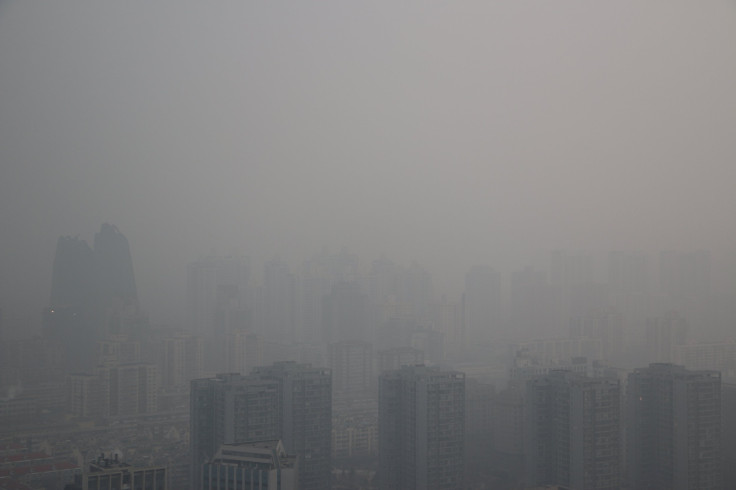Global Treaty Aimed At Protecting Ozone Also Lowered Greenhouse Gases

A global policy aimed at decreasing the number of ozone damaging chemicals reaching the ozone called the Montreal Protocol that was signed in 1987 was successful at more than its intended purpose. It was meant to reduce the production and consumption of chlorofluorocarbons, halons, carbon tetrachloride and methyl chloroform by phasing them out over a few decades.
But a new study published in Geophysical Research Letters Monday says that the protocol was actually successful in reducing more than ozone loss. It not only reduced the ozone-depleting compounds but also brought down greenhouse gas emissions in general. While the goal was to protect the ozone and not to reduce emissions, the protocol was successful in doing so regardless.
Read: After States' Lawsuit, EPA Reverses Decision On Ozone Emissions Delay
A release about the study from the Cooperative Institute for Research in Environmental Studies says the protocol has been the most effective effort in reducing greenhouse gas emissions even though climate change was not a concern when the agreement was drafted. This is based on analysis of data collected by NASA’s atmospheric measuring instruments.
The major reductions occurred because the chemical compounds controlled under the protocol, like the synthetic chlorofluorocarbons, are heat trapping meaning they trap heat in the atmosphere and contribute to warming. These compounds change Earth’s natural greenhouse of water vapor, methane, carbon dioxide and other components that actually protects us from the harsh radiation of space and the sun. But when the greenhouse traps too much heat, we get the effects of global warming.
The gases that cause this are semi-permanent meaning there’s no way to really get them out of the air once they’re and their impacts are lasting. The Earth is predicted to continue warming, it will likely experience more precipitation and more evaporation as well as melting ice and expanding oceans that can cause sea-level rise among other potentially detrimental side effects according to NASA.
Read: Neil deGrasse Tyson: Believe In Science Behind Eclipse? Believe Climate Change, Too
Between 2008 and 2014 the total emissions of CFCs decreased by two-thirds and HCFCs were down by half. This was achieved through restrictions on production and consumption of these through the Clean Air Act. These compounds have a trapping ability 10,000 greater than CO2 in the atmosphere over 100 years, said CIRES. The amount of reduction in these ozone depleting compounds was equal to a 170 million ton reduction in CO2.
"This shows what can be achieved by concerted and thoughtful international and U.S. policy efforts,"Scott Lehman a co-author on the study said according to a CIRES release. While the reduction in the ozone depleting chemicals is beneficial the reduction of CO2, the most abundant greenhouse gas, is still the key to slowing climate change.
© Copyright IBTimes 2024. All rights reserved.





















